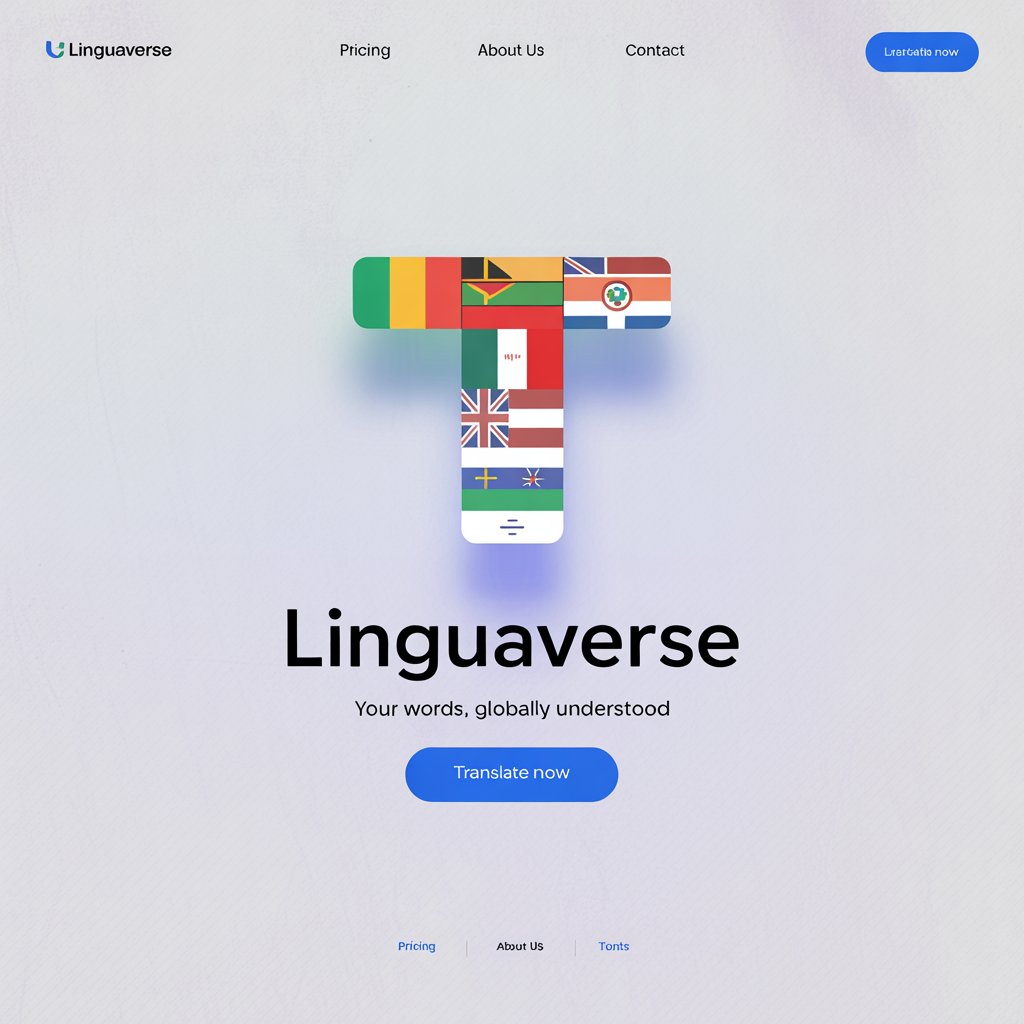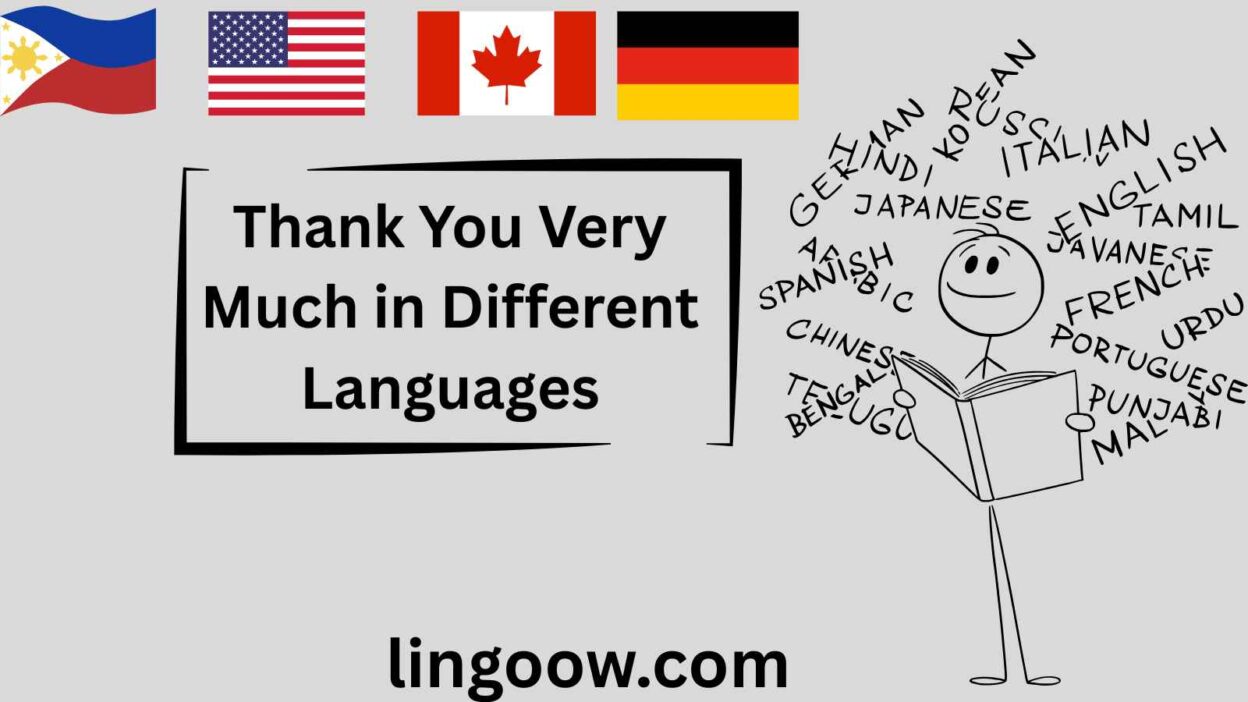Introduction:
A few years ago, I found myself in a bustling market in Marrakech, Morocco, overwhelmed by the vibrant colors, the aroma of spices, and the rapid exchanges in Arabic.
I bought a small, handwoven basket from an elderly vendor, and as I handed over the payment, I fumbled to say “thank you” in Arabic.
She smiled warmly and said, “Shukran jazeelan,” which I later learned means “thank you very much.” That moment, though fleeting, felt profound—a simple phrase bridged our worlds, connecting us through gratitude.
Across cultures, saying “thank you very much” carries a universal weight, a heartfelt acknowledgment that transcends borders. Whether whispered in a quiet Japanese tea house or exclaimed in a lively Brazilian festival, this phrase reflects humanity’s shared need to express appreciation.
In this article, we’ll explore how “thank you very much” is said in different languages and cultures, uncovering the unique flavors each brings to this universal theme.
Reference Table: “Thank You Very Much” Around the World
| Language | Phrase | Cultural/Linguistic Insight |
|---|---|---|
| French | Merci beaucoup | Used widely in France, it conveys warmth and is often paired with a smile or nod. |
| Spanish | Muchas gracias | Common in Spain and Latin America, it’s often said with expressive gestures. |
| Italian | Grazie mille | Literally “a thousand thanks,” it’s a poetic way to show deep appreciation in Italy. |
| German | Vielen Dank | Formal yet heartfelt, often used in professional and personal settings in Germany. |
| Mandarin | Fēicháng gǎnxiè | A formal expression in China, reserved for significant favors or deep gratitude. |
| Hindi | Bahut bahut shukriya | Common in India, it’s warm and often accompanied by a head tilt or namaste gesture. |
| Japanese | Dōmo arigatō gozaimasu | Polite and formal, it reflects Japan’s emphasis on respect and humility. |
| Korean | Mae-woo gamsa-hamnida | Formal and respectful, used in South Korea to show deep appreciation. |
| Arabic | Shukran jazeelan | Widely used across Arab countries, it’s often said with a hand over the heart. |
| Swahili | Asante sana | Common in East Africa, it’s warm and often paired with a wide smile. |
| Zulu | Ngiyabonga kakhulu | Used in South Africa, it conveys deep gratitude, often in communal settings. |
| Yoruba | O ṣeun pupọ | Spoken in Nigeria, it’s heartfelt and often used in familial or community contexts. |
| Maori | Tēnā rawa atu koe | In New Zealand, it’s a respectful phrase often used in formal or ceremonial settings. |
| Hawaiian | Mahalo nui loa | In Hawaii, it’s warm and reflects the spirit of aloha, often used in community gatherings. |
| Cherokee | Wado hvsga | Used by the Cherokee Nation, it carries a deep sense of respect and connection to tradition. |
European Languages: Gratitude with a Continental Flair
In Europe, “thank you very much” is expressed with a blend of elegance and warmth, shaped by each culture’s unique perspective on gratitude. In French, merci beaucoup rolls off the tongue with a melodic charm, often accompanied by a nod or a smile in Parisian cafés or rural markets. The French value sincerity, and this phrase is used to acknowledge everything from a small favor to a grand gesture. In Spanish, muchas gracias is vibrant and versatile, used across Spain and Latin America. In Mexico, it might be paired with a hearty handshake, while in Argentina, it’s often exclaimed with animated gestures. Italian speakers say grazie mille, or “a thousand thanks,” a poetic flourish that reflects Italy’s love for expressive language. You’ll hear it in bustling Roman pizzerias or quiet Tuscan vineyards, where gratitude is as rich as the culture. In German, vielen Dank is precise yet heartfelt, mirroring Germany’s balance of formality and warmth. It’s common in professional settings but equally at home in cozy Bavarian beer halls. These languages show how Europe weaves gratitude into daily life, each with its own cultural nuance.
Asian Languages: Diverse Expressions of Thanks
Asia’s linguistic diversity shines through in how “thank you very much” is expressed, reflecting deep cultural values. In Mandarin, fēicháng gǎnxiè is formal, used in China for significant acts of kindness, such as a colleague staying late to help or a neighbor offering support. It’s less common in casual settings, where a simple xièxiè suffices. In Hindi, spoken across India and parts of South Asia, bahut bahut shukriya is warm and effusive, often paired with a slight head tilt or folded hands in a namaste gesture. It’s a phrase that feels like a hug, used in bustling Delhi markets or quiet rural homes. Japanese dōmo arigatō gozaimasu is steeped in politeness, reflecting Japan’s emphasis on respect. You might hear it in a Tokyo sushi bar, where it acknowledges the chef’s artistry. In Korean, mae-woo gamsa-hamnida is formal, used in South Korea to express deep gratitude, such as thanking a teacher or elder. Arabic, spoken across 22 countries from Morocco to Iraq, uses shukran jazeelan, often with a hand over the heart, symbolizing sincerity. From the souks of Cairo to the deserts of Oman, this phrase binds Arab cultures in shared gratitude. These expressions highlight Asia’s rich tapestry of respect, humility, and warmth.
African Languages: Gratitude Rooted in Community
Africa’s linguistic diversity offers a vibrant array of ways to say “thank you very much,” often tied to communal values. In Swahili, spoken across Kenya, Tanzania, and Uganda, asante sana is warm and melodic, often accompanied by a wide smile or handshake. It’s used in bustling Nairobi markets or quiet coastal villages, reflecting East Africa’s hospitality. In Zulu, spoken in South Africa, ngiyabonga kakhulu conveys deep gratitude, often in communal settings like family gatherings or traditional ceremonies. It carries a sense of unity, echoing Zulu cultural emphasis on community. Yoruba, spoken in Nigeria and Benin, uses o ṣeun pupọ, a heartfelt phrase often heard in family homes or during festivals like Egungun. Across Africa’s 54 countries, gratitude is more than words—it’s a cultural cornerstone, expressed in languages like Amharic (ameseginalehu in Ethiopia) or Hausa (na gode sosai in Nigeria). These phrases, rooted in over 20 African nations, show how gratitude strengthens bonds in diverse societies.
Indigenous & Island Languages: Gratitude in Sacred Traditions
Indigenous and island languages offer unique perspectives on “thank you very much,” often tied to spirituality and community. In Maori, spoken in New Zealand, tēnā rawa atu koe is formal and respectful, used in ceremonial settings like marae gatherings. It reflects Maori values of mana (prestige) and whanaungatanga (kinship). In Hawaiian, mahalo nui loa embodies the aloha spirit, used in community events like luaus or when receiving a lei. It’s a phrase that feels like a warm embrace, heard across Hawaii’s islands. Cherokee, spoken by the Cherokee Nation in the U.S., uses wado hvsga, a phrase steeped in respect for tradition, often said during cultural ceremonies. In Samoan, spoken in Samoa and American Samoa, fa’afetai tele lava is warm and communal, used in village gatherings or church services. These languages, spoken in over 20 countries and indigenous communities, highlight gratitude as a sacred act, connecting people to their heritage and each other.
Cultural Insights: The Evolution of Gratitude
The phrase “thank you very much” has deep historical roots, evolving alongside human societies. In ancient Rome, gratitude was expressed through gratias ago, the precursor to modern Romance language phrases like gracias and grazie. In Confucian-influenced East Asia, gratitude became tied to social harmony, as seen in Japanese and Korean formalities. In Arab cultures, shukran derives from the Arabic root for “to be content,” reflecting Islamic teachings on appreciating blessings. In African and indigenous cultures, gratitude often extends beyond words to actions—sharing food, performing rituals, or storytelling. Over time, these expressions have been shaped by religion, trade, and colonization, yet their core remains: acknowledging human connection. Today, globalization has blended these traditions, with phrases like merci or arigatō recognized worldwide, yet each retains its cultural soul.
Proverbs: Wisdom in Gratitude
Gratitude inspires timeless proverbs across cultures, reflecting its universal value:
- French: “Reconnaissance est mémoire du cœur.” (Gratitude is the memory of the heart.)—A reminder that true thanks come from the soul.
- Hindi: “Shukrguzaar dil se dil tak jata hai.” (A grateful heart reaches another heart.)—Emphasizing gratitude’s emotional connection.
- Swahili: “Asante ya punda ni mateke.” (The thanks of a donkey are kicks.)—A humorous warning against ingratitude.
- Maori: “Kia mā te ngākau ki ngā taonga o ō tūpuna.” (Let your heart be grateful for the treasures of your ancestors.)—Tying gratitude to heritage.
- Arabic: “Man lā yashkur an-nās, lā yashkur Allāh.” (He who does not thank people does not thank God.)—Linking human and divine gratitude.
These sayings, drawn from diverse traditions, show how gratitude shapes wisdom and relationships worldwide.
FAQs: Common Questions About “Thank You Very Much”
Why do “thank you” phrases sound similar in many languages?
Many languages share roots due to historical interactions. For example, Romance languages (French, Spanish, Italian) derive from Latin gratias, while trade and colonization spread words like shukran across Arabic-influenced regions.
What’s the oldest known expression of gratitude?
Ancient Sumerian cuneiform tablets (circa 3000 BCE) include phrases akin to thanks, often tied to offerings to gods. Linguistic evidence suggests gratitude expressions predate written records, rooted in early human cooperation.
How do cultural differences affect gratitude?
In collectivist cultures like Japan, gratitude reinforces social bonds, often expressed formally. In individualistic cultures like the U.S., it’s often casual but heartfelt. Non-verbal gestures, like bowing in Korea or hand-over-heart in Arab cultures, add layers of meaning.
Conclusion: The Power of Gratitude
Saying “thank you very much” is more than a polite reflex—it’s a bridge between hearts, a moment of connection that transcends language and culture. From the poetic grazie mille of Italy to the soulful wado hvsga of the Cherokee, each phrase carries a piece of its people’s history, values, and spirit. In a world often divided, gratitude reminds us of our shared humanity, a universal thread woven through every culture. I invite you to reflect on how you say “thank you very much” in your language or culture. Share your stories in the comments below—let’s celebrate the many ways we express appreciation and build connections across the globe.




